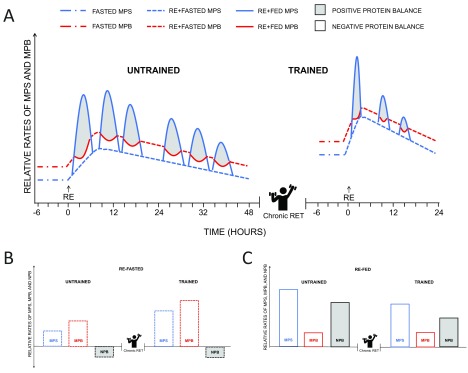Figure 2. Current understanding of changes in muscle protein turnover with chronic resistance exercise training.
Skeletal muscle hypertrophy can occur only under periods of positive protein balance: that is, when relative rates of muscle protein synthesis (MPS) (blue line) exceed that of muscle protein breakdown (MPB) (red line). In the fasted state, rates of MPB exceed those of MPS, resulting in a negative net protein balance (NPB). Compared to untrained individuals ( A), trained individuals ( B) display higher fasted rates of MPS; however, protein balance remains negative because of the concomitant elevation of MPB in the trained state. Regardless of training status, nutritional and contractile stimuli are potent regulators of MPS and, to a lesser extent, MPB. Resistance exercise (RE) stimulates increases in both MPS and MPB, and NPB remains negative. Ingestion of dietary protein—in particular, essential amino acids—in close temporal proximity to RE augments MPS and attenuates the exercise-induced increase in MPB, resulting in a temporary state of positive protein balance. Chronic RE training (RET) modulates the time course of the increase in MPS following a bout of RE. Specifically, the initial increase in MPS following a bout of RE is less pronounced in the untrained state than in the trained state; however, it is longer lived and peaks later in the untrained than the trained state. MPS, MPB, and NPB during periods of ( B) RE+Fasted and ( C) RE+Fed in the untrained and trained state.

